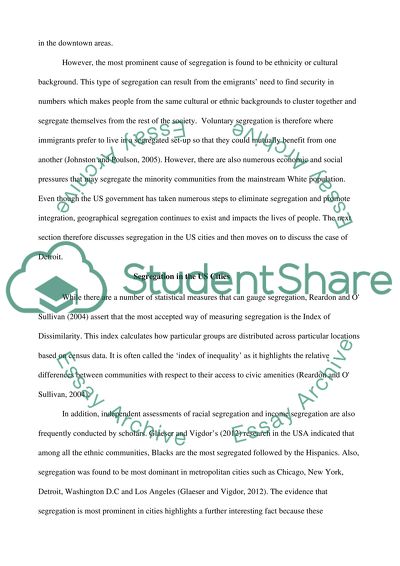Cite this document
(“URBAN GEOGRAPHY Essay Example | Topics and Well Written Essays - 2500 words”, n.d.)
URBAN GEOGRAPHY Essay Example | Topics and Well Written Essays - 2500 words. Retrieved from https://studentshare.org/geography/1617431-urban-geography
URBAN GEOGRAPHY Essay Example | Topics and Well Written Essays - 2500 words. Retrieved from https://studentshare.org/geography/1617431-urban-geography
(URBAN GEOGRAPHY Essay Example | Topics and Well Written Essays - 2500 Words)
URBAN GEOGRAPHY Essay Example | Topics and Well Written Essays - 2500 Words. https://studentshare.org/geography/1617431-urban-geography.
URBAN GEOGRAPHY Essay Example | Topics and Well Written Essays - 2500 Words. https://studentshare.org/geography/1617431-urban-geography.
“URBAN GEOGRAPHY Essay Example | Topics and Well Written Essays - 2500 Words”, n.d. https://studentshare.org/geography/1617431-urban-geography.


